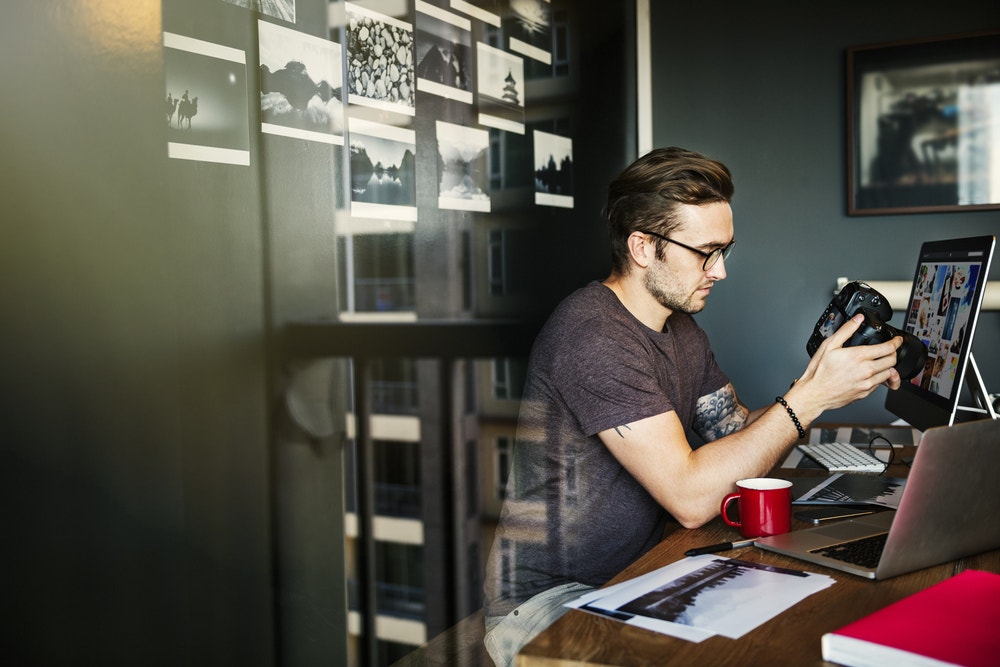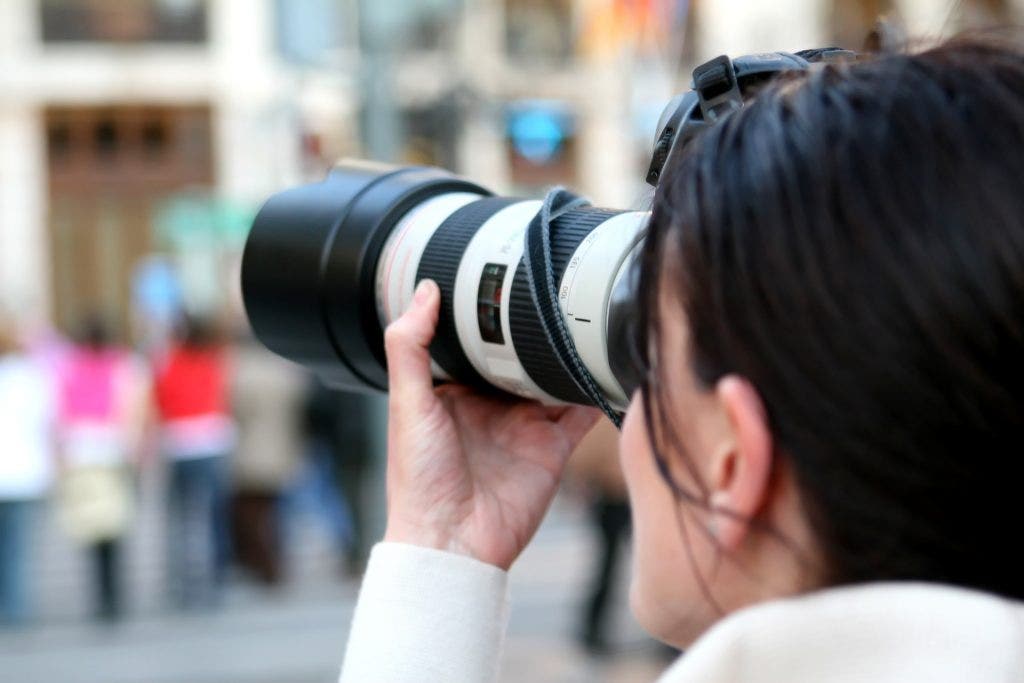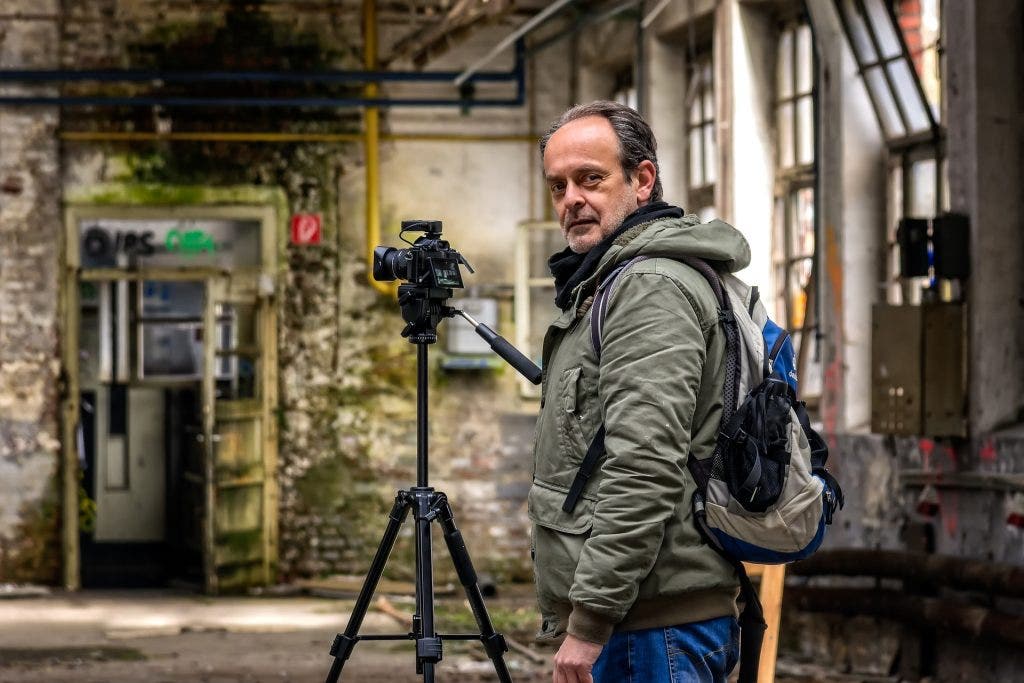
For passionate, burgeoning photographers, the idea of turning this amazing hobby of photography into a money-making venture is a dream come true. And affordable, high quality digital cameras have made it easier than ever to take professional-style photos.
If you’re thinking about monetising your photography, there are two broad pathways you can follow: 1) sell your photos online or 2) become a professional photographer. Here, we’ll provide some tips on how to excel at both options.

Selling your photos online
Before you suss out which websites to submit your great images to, you should first ask yourself a few important questions:
What type of photography are you keen to specialise in?
Successful photographers have usually stuck to one particular field of photography: Ansel Adams devoted most of his career to stunning landscapes, Henri-Cartier Bresson is famous for his black-and-white street photography & Annie Liebowitz is known for her intimate portraits.
Not only does specialising in certain types of photography enable you to hone your craft better, it also gives your audience and potential fan base a clearer understanding of the type of photographer you are.
If you’re unsure about which type you want to pursue, do some research and work out what’s popular. You might find that there’s much more opportunity or money in, say, food photography than fashion photography (or vice versa).
Create a shortlist of photography sites that accept submissions
Although there’s a high level of competition in the world of photography, the good news is that there’s also a plethora of websites that want your photography.
By far the most common type are stock photo websites. These sites sell their repositories of images to brands and bloggers and publications (so if money is your primary concern, consider what photos brands might be searching for).
Here’s a list of websites you can use as a starting block. We’ve chosen them based on their royalty rates, scales, exclusivity and ease-of-use.
- Shutterstock – One of the leading players in the stock photography world, Shutterstock offers not only images but videos, music and editorial assets too.
- iStock – iStock is another industry leader and one of the longest running, having been founded in 2000. It’s part of the Getty Images family and offers competitive rates.
- Dreamstime – The 79 million stock images and 21 million users make Dreamstime one of the world’s largest stock communities.
- 500px – We like the communal nature and passionate photographer community of 500px, with its 13 million photographers who connect, get inspired and grow their skills.
- Alamy – 135 million stock images, vectors and videos (with 100,000 new stock images added daily) makes Alamy a massive repository and a good bet for your requirements.
- Adobe Stock – Being Adobe, there’s a certain scale, swagger and style to the photo library contained within the ‘world’s largest creative community’.
- 123RF – 123RF may have 101 million assets on their site but they still place a high emphasis on creativity. Perhaps that’s why Google, Amazon and others use their imagery.

Becoming a professional photographer
You’ve probably got a great eye for a shot, a knack for perfect composing, and some knowledge about cameras and equipment. The next step is working out how to turn this into a profession. If you’re serious about photography, you might prefer to pursue it as a full-time career. If so, you’ll likely need to follow a few more rigorous, disciplined steps than to sell your photos online.
Becoming a pro photographer takes work but don’t be disheartened. Even in this saturated market – with its legions of self-obsessed Instagrammers, cheap digital cameras and increasing smartphone camera capabilities – careers in photography still exist.
Focus and research
This broad step encompasses learning the craft of photography. Everyone learns differently and we don’t want to recommend one type over another. Some photographers swear by classes and workshops, traditional methods teaching you rules of composition, aperture, shutter speed, exposure … the list goes on.
Others conduct independent research (including our blog!) to learn about equipment, tips and tricks. No matter the process that suits you best, the result should be to harness a deep knowledge of all things photos.
Be prepared for the work
Professional photography is a fantastic job. But of course, there’s work to be done to make you successful. Read up on the day-to-day operations, the unconventional work hours, the dealings with clients, the seasonal nature of some types of photography and make sure it’s what you want to be doing.
Practice also makes perfect and you can prepare yourself by getting out there and trying your hand. Not only is this fun, it helps build your portfolio and allows you to know your camera and its accessories, a crucial step on the path to a professional photography career.
Consider places that naturally create fantastic images. You may want to head the Holi festival in India or la Tomatina in Spain. But your local surroundings - the park, the city, your friends - can be even more ideal for those practice shots (so you can get it right before you hit big time events). Try to cover a broad range of activities, at least until you find a niche.
Take a course and/or get experience as an apprentice
Even if you’ve been taking pictures for years, it’s still a good idea to take a photography course. Many offer differing levels depending on your aptitude so if you know your rule of thirds, there’s look for an advanced option. The other benefit of a course is that it looks good on your resume.
The more practical way to learn a few tricks is to work as an assistant under the wing of a more experienced professional photographer. Not only will this teach you photo techniques, it’ll also help you network and learn other elements of professional photography: admin, post-production and much more.

Market yourself
The next step is to market yourself. After all, you could be the world’s best photographer but it’ll count for nought unless other eyeballs see your work.
Firstly, figure out the going rate for your type of photography and work out how much to charge, a rate that’s appealing to prospective buyers but also that will allow you to sustain yourself.
Then start marketing yourself. Create a portfolio using a broad range of pictures but limit it to a dozen or so of your best. Build a website to show off some of your imagery and try to gain a strong social media presence. Consider including a watermark on your photos so you enjoy attribution where it's deserved.
and get your name out there as much as possible. Purchase some business cards, list yourself on forums, enter photo contests, attend conferences and seminars, advertise in publications and send off some great snaps to publications you respect. Networking is key!
Don’t be discouraged if it takes some time to generate leads. Like any business, it takes patience and perseverance to succeed in photography. But the potential rewards always outweigh the hardships. Go bold or go home, as someone once said.
The equipment
To become a professional, you don’t need to spend thousands on a state-of-the-art camera. It’s more important to surround yourself with the right accessories, lenses in particular.
It goes without saying that a budding landscape photographer will require very different lenses than a portrait photojournalist. Knowing the right specs and equipment comes with the knowledge acquired from step one. But don’t break the bank going crazy. If you don’t already own the basics, pick a few essential items to master.
Whichever way you decide to make money through photography, you’ll want to ensure you have the right equipment for the job. And Camera House has you covered with professional grade DSLRs and a huge range of lenses.
